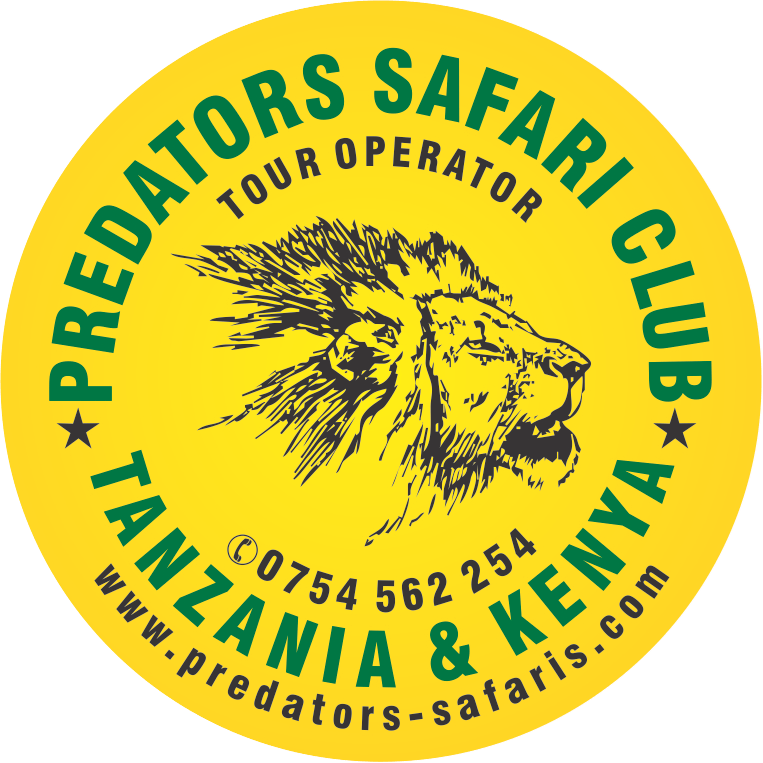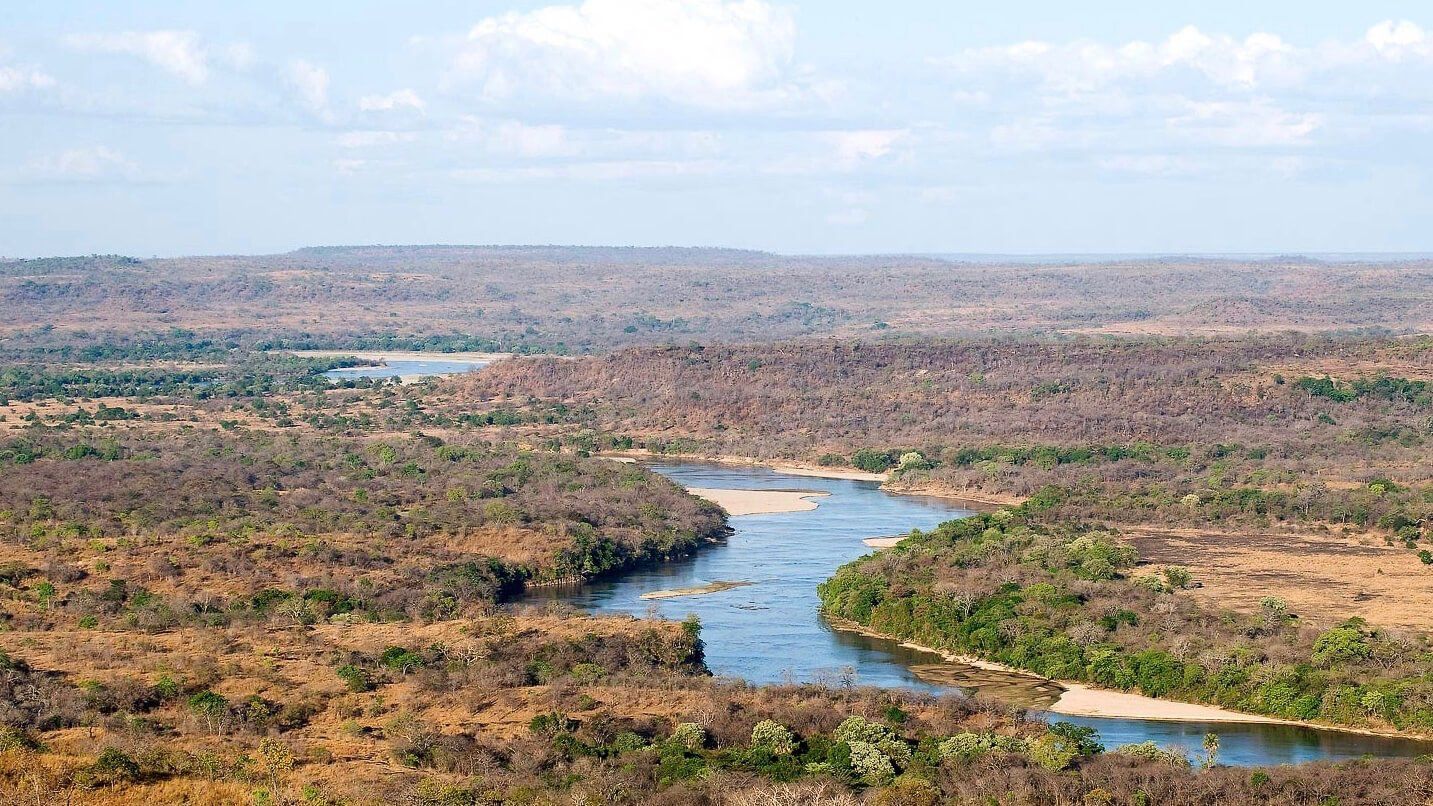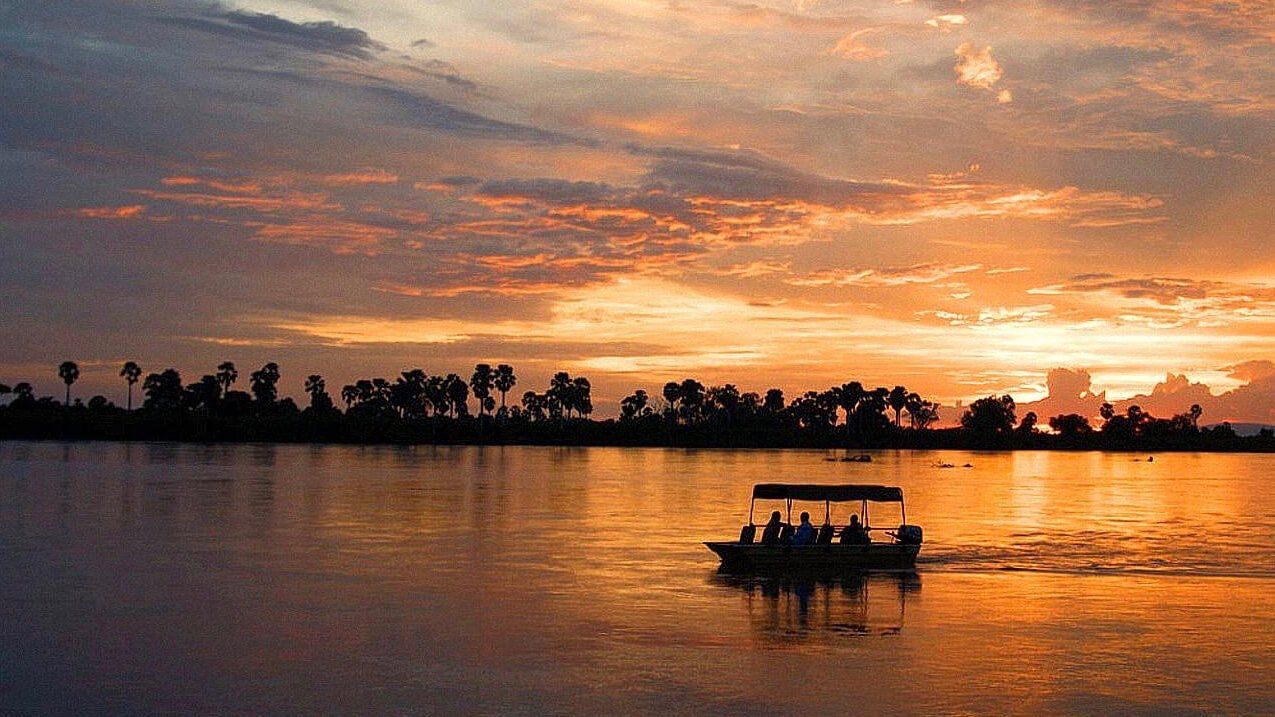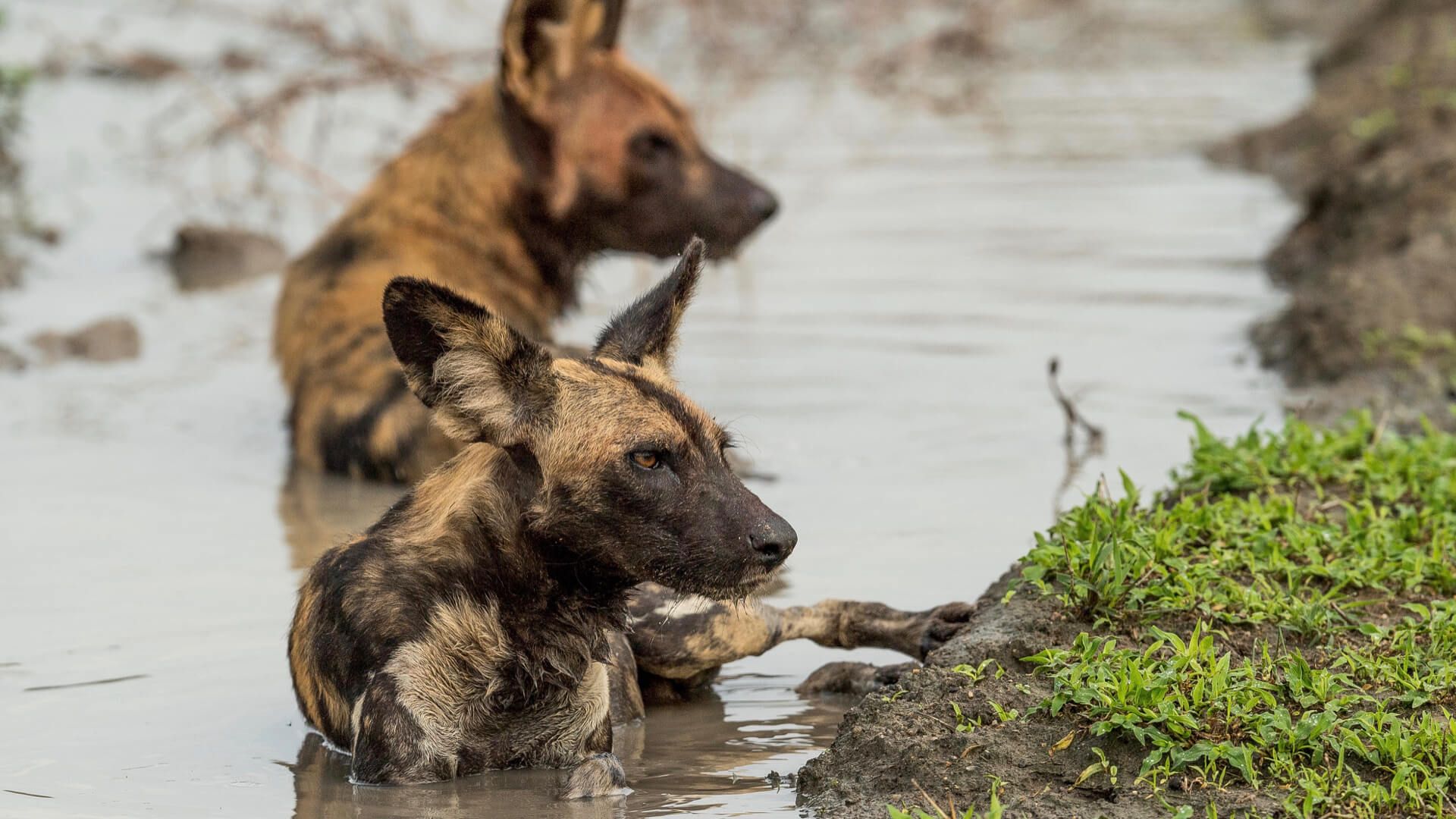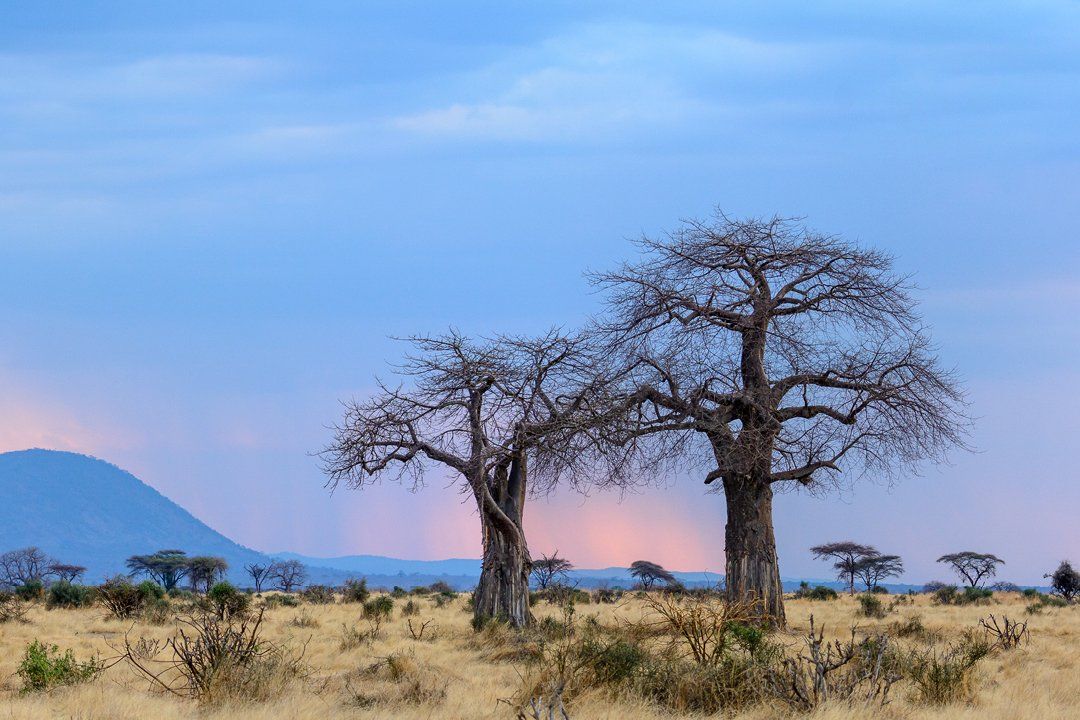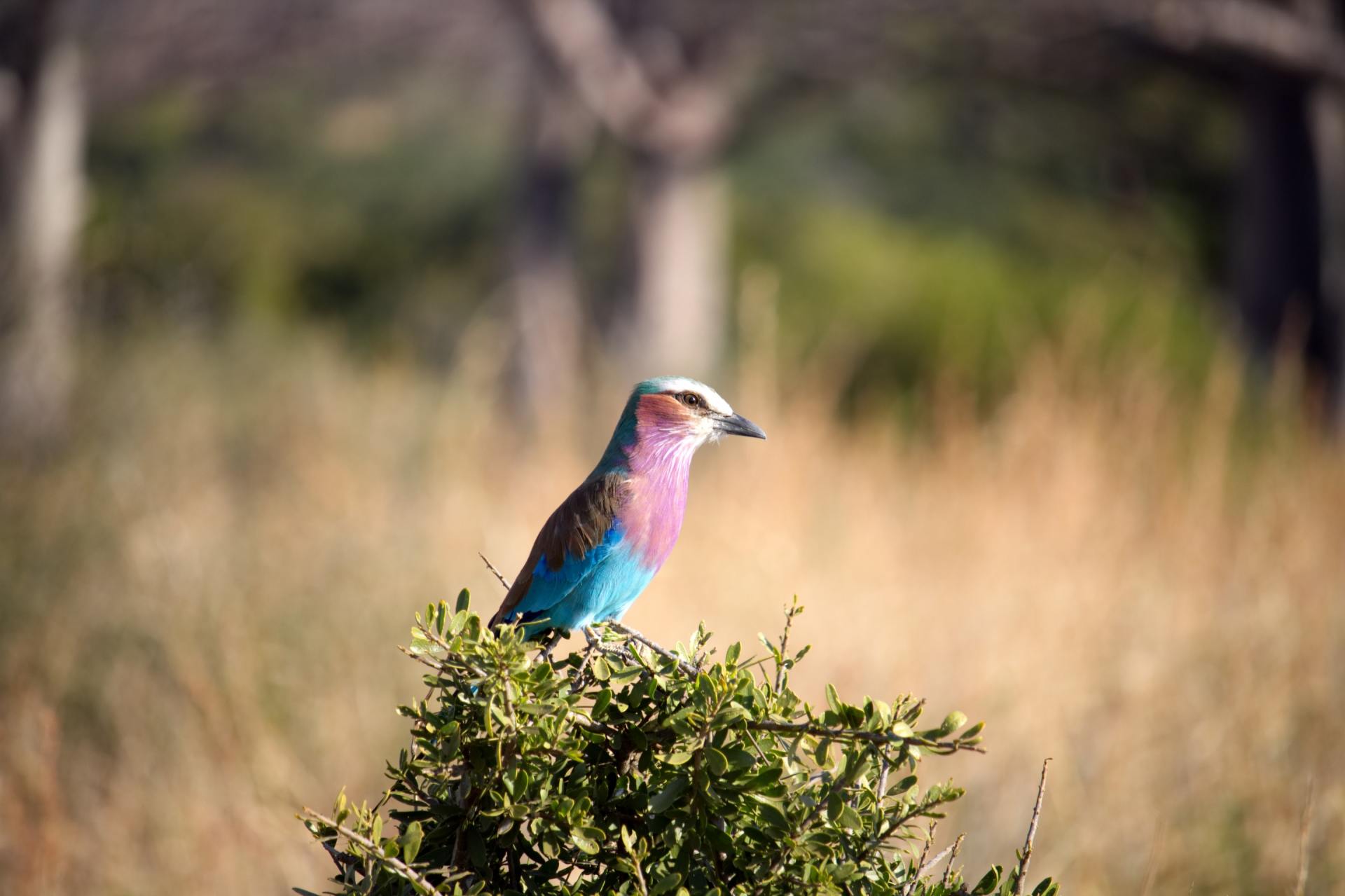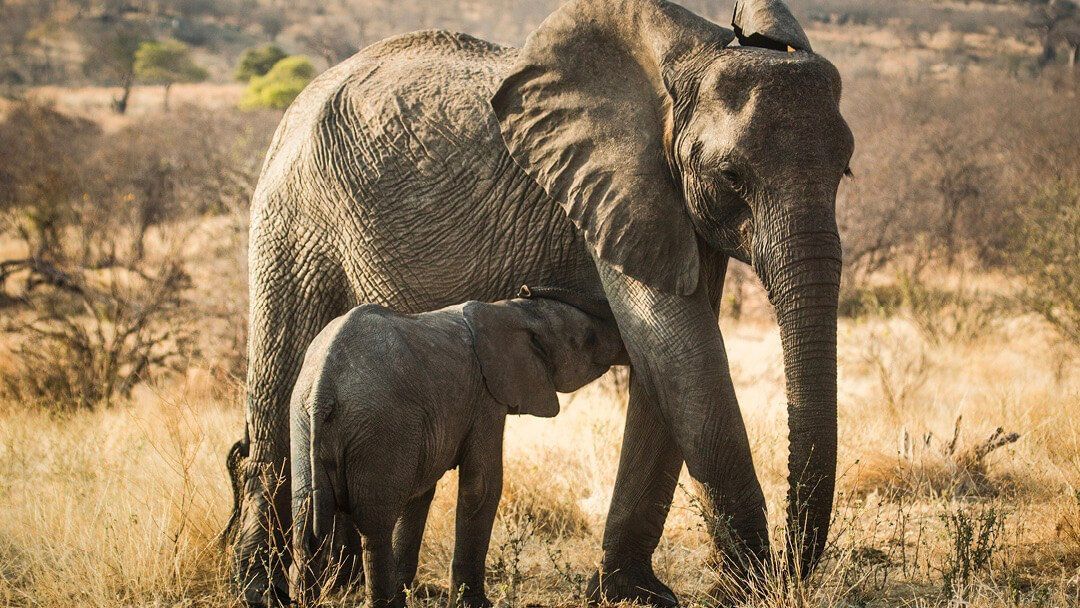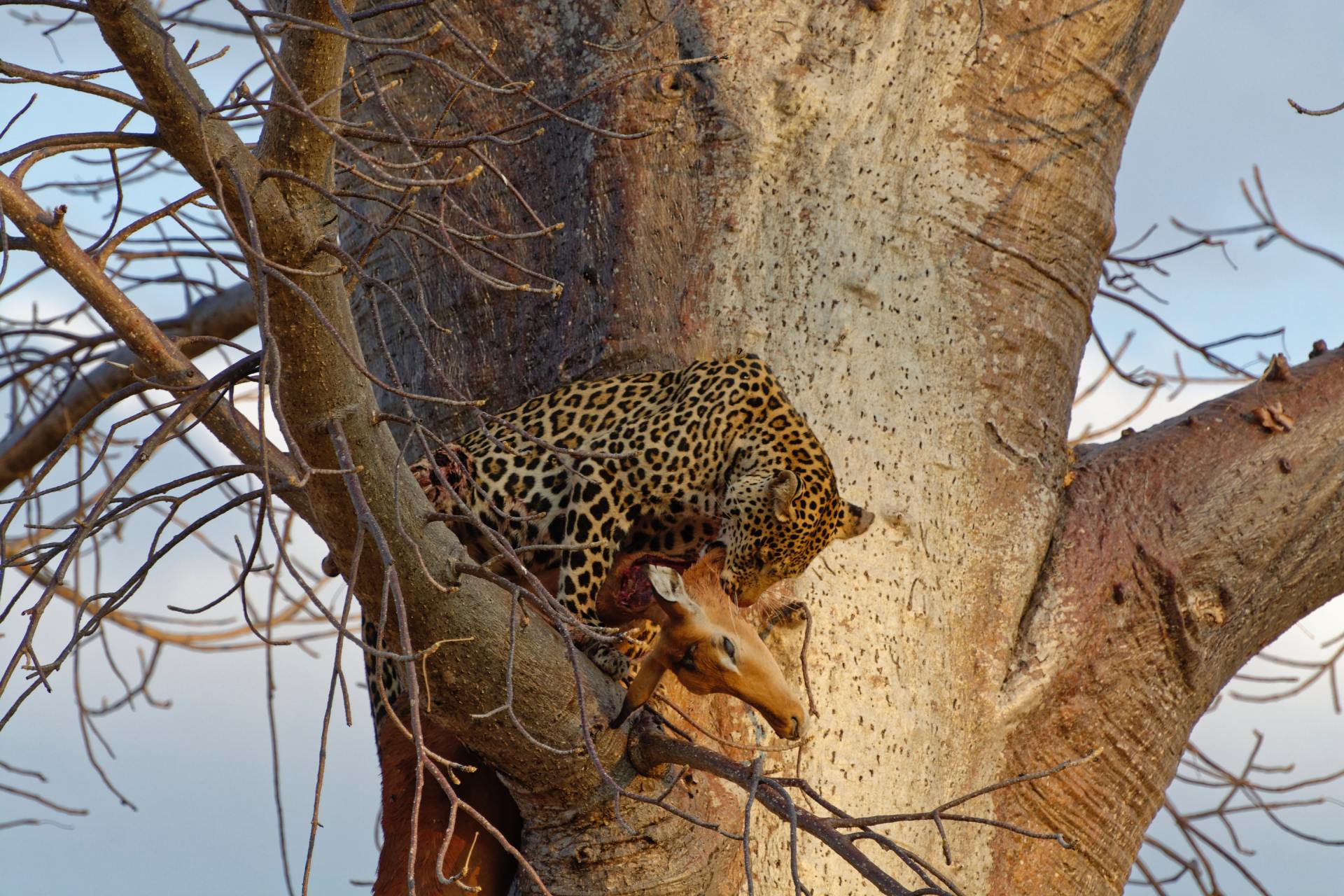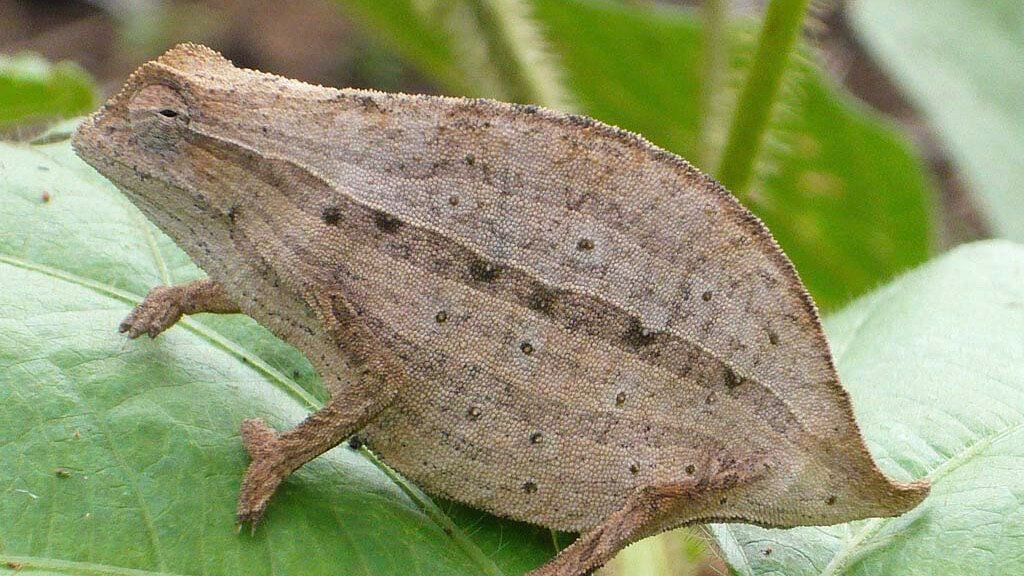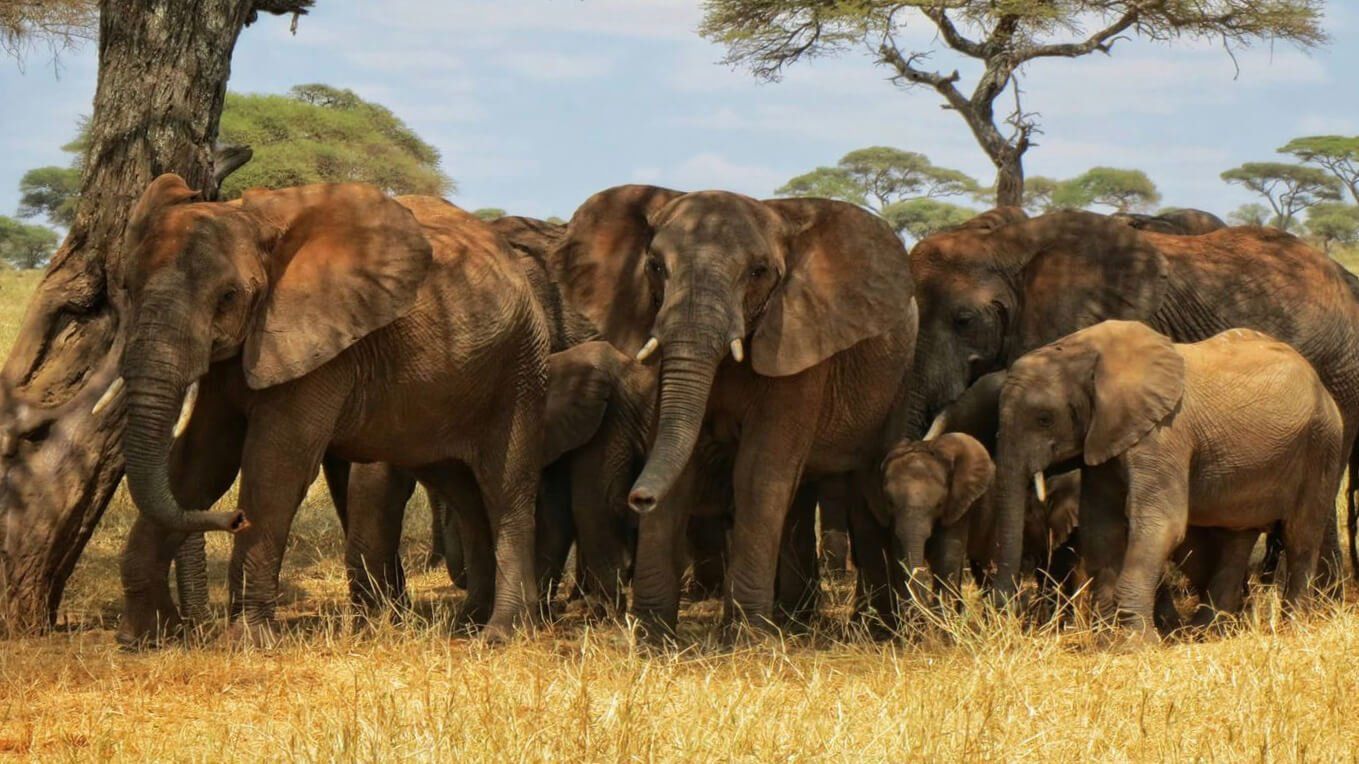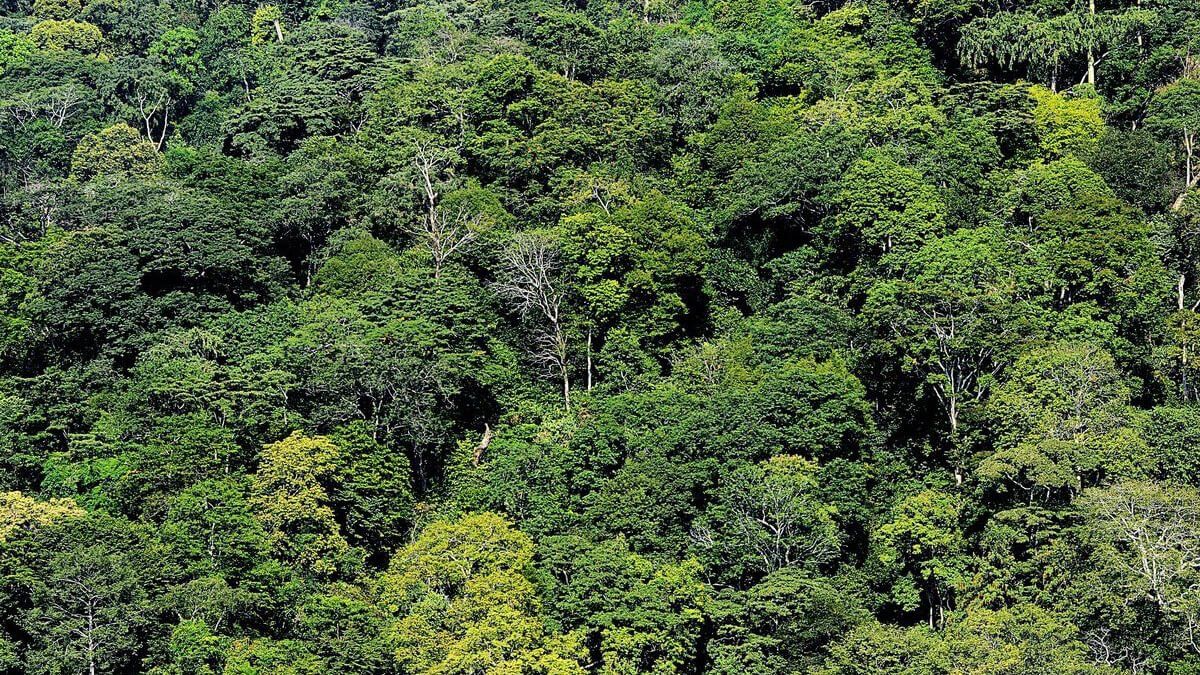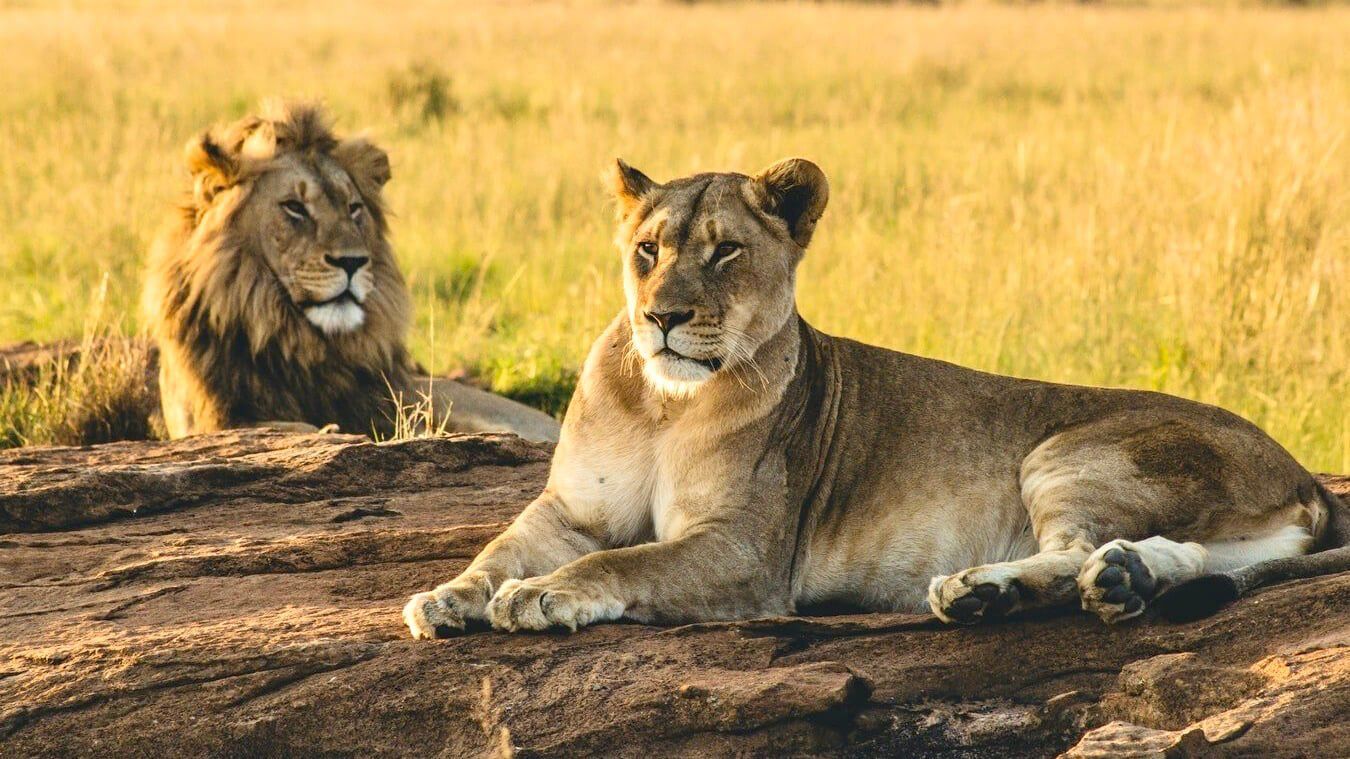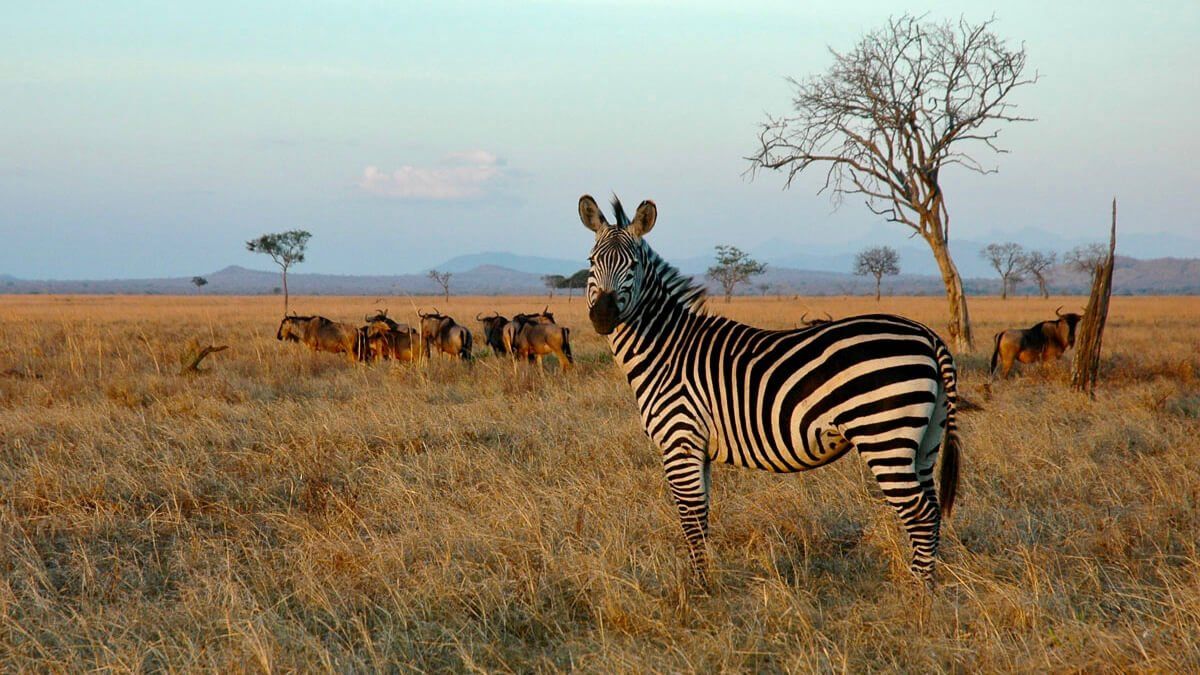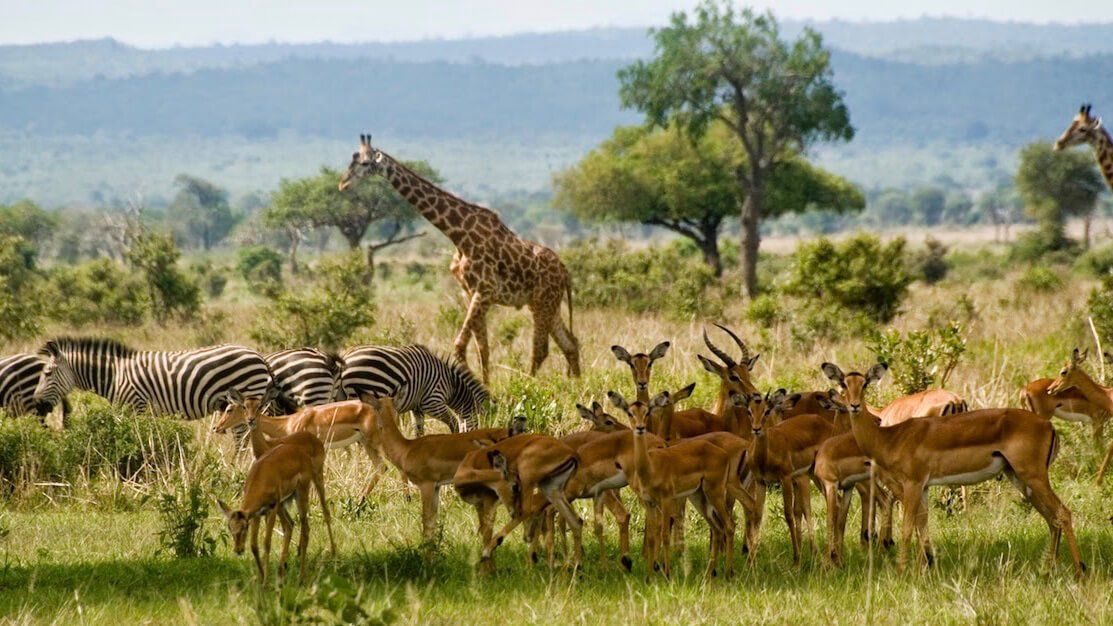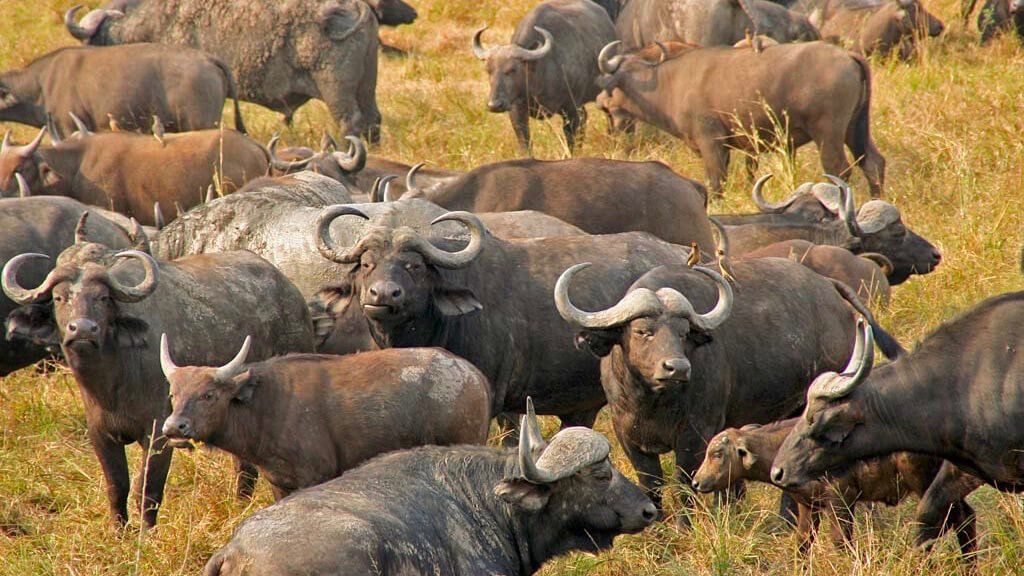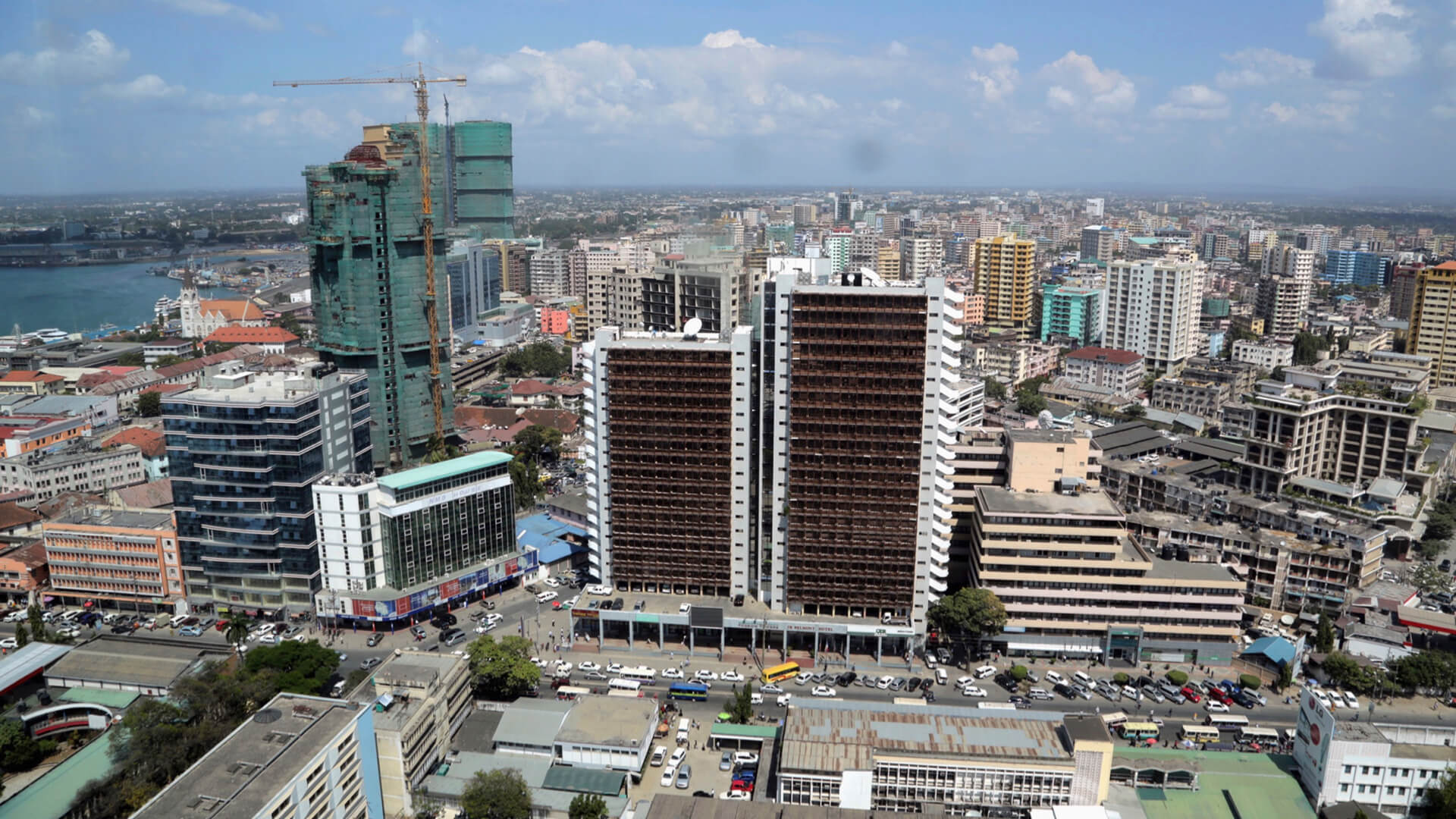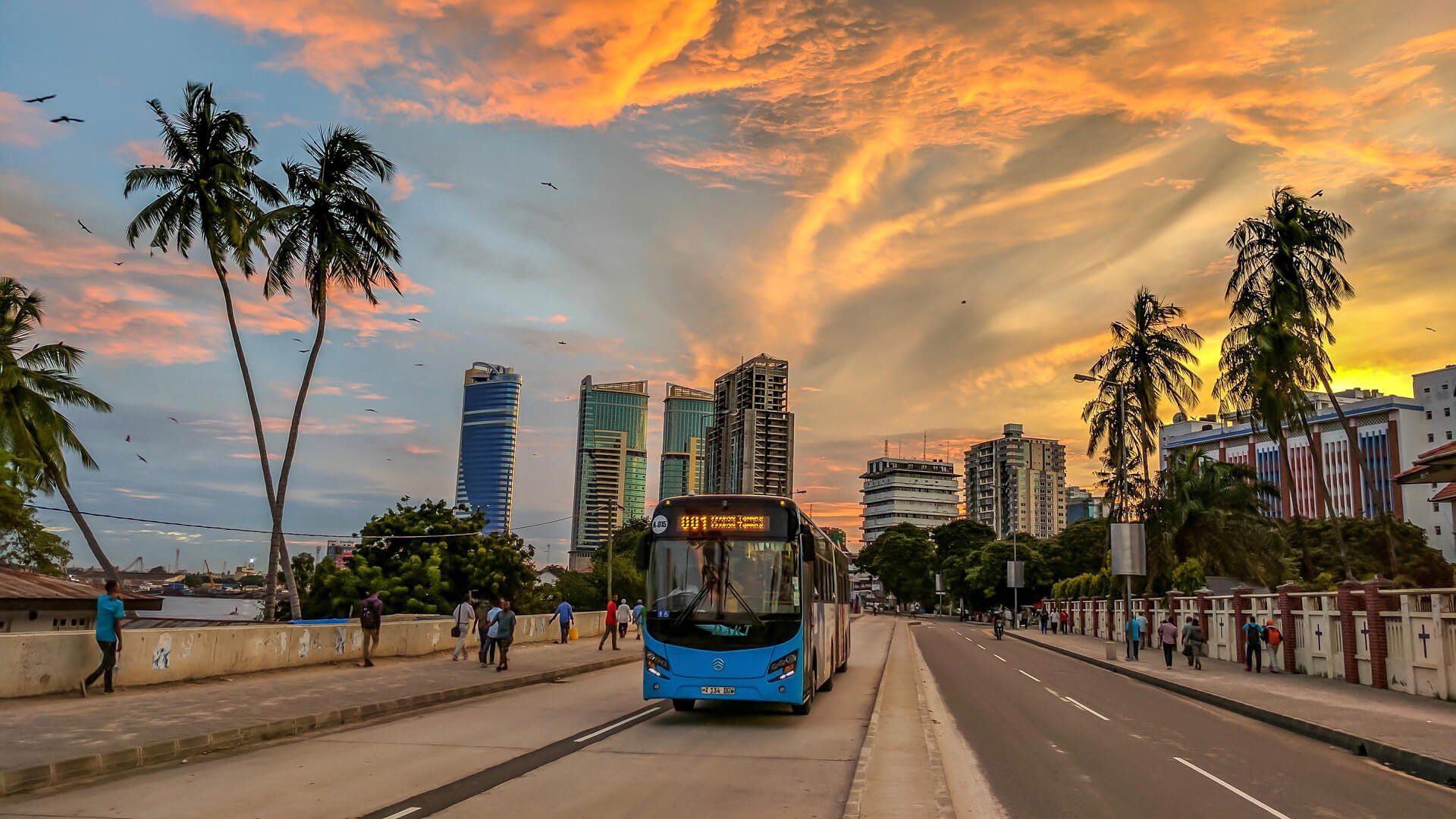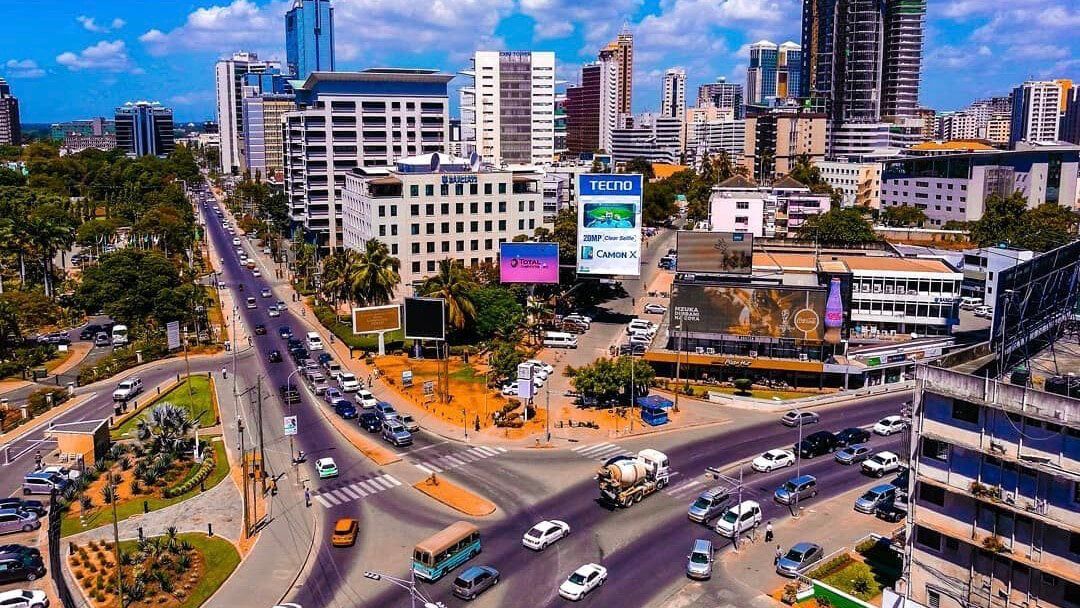TANZANIA SOUTHERN CIRCUIT
Nyerere National Park GAME RESERVE
This reserve was declared a World Heritage Site due to its dramatic landscapes and great diversity of wildlife. It is one of the few big game reserves that allow hiking, offering wildlife enthusiasts the chance to explore Tanzania’s pristine landscape on foot. Nyerere National Park has many diverse habitats with a mixture of Miombo woodlands, rolling hills, savannahs, rocky outcrops, swamps, lakes and rivers. The majestic Rufiji river, the largest river in Tanzania, is the lifeblood of the reserve and along with a network of many tributaries, lakes, lagoons and channels, plays a vital role in the ecosystem.
Nyerere National Park is by far the largest game reserve in Africa – it is even bigger than Switzerland!
Nyerere National Park is also home to almost 3000 lions and is considered to have half of Tanzania’s elephant population within its boundaries! It is also home to the endangered African wild dog and black rhino. Leopards are found in abundance as they prefer to live in the Miombo woodlands area.
The reserve offers a variety of activities for guest to choose from. In addition to regular game drives, visitors can go on a boat safari or walk in the footsteps of people like Hemingway during a walking safari, accompanied by an armed ranger.
RUAHA NATIONAL PARK
UDZUNGAWA MOUNTAINS NATIONAL PARK
MIKUMI NATIONAL PARK
Mikumi is Tanzania’s fourth-largest national park. It is also the most accessible park from Dar es Salaam. With almost guaranteed wildlife sightings, it makes an ideal safari destination for those pressed for time. It is located between the Uluguru Mountains and the Lumango range and has a wide variety of wildlife that can be easily spotted.
Most visitors visit Mikumi National Park aiming to see the ‘Big Five’ (cheetah, lion, elephant, buffalo, and rhino) and they are not disappointed. Hippo pools provide close access to the mud-loving beasts and bird-watching along the waterways is particularly rewarding. Mikumi National Park borders the Nyerere National Park and Udzungwa National Park and the three locations offer a varied and pleasant safari circuit.
The open horizons and abundant wildlife of the Mkata floodplain, the popular centre piece of Mikumi, draws frequent comparisons to the more famous Serengeti Plains.
Lions survey their grassy kingdom and the zebras, wildebeests, impalas and buffalo herds that migrate across it. Look for them on the flattened tops of termite mounds and during the rains, they are often seen on perches high up in the trees. Giraffes forage in the isolated acacia stands that fringe the Mkata River - islets of shade also favoured by the Mikumi elephants.
